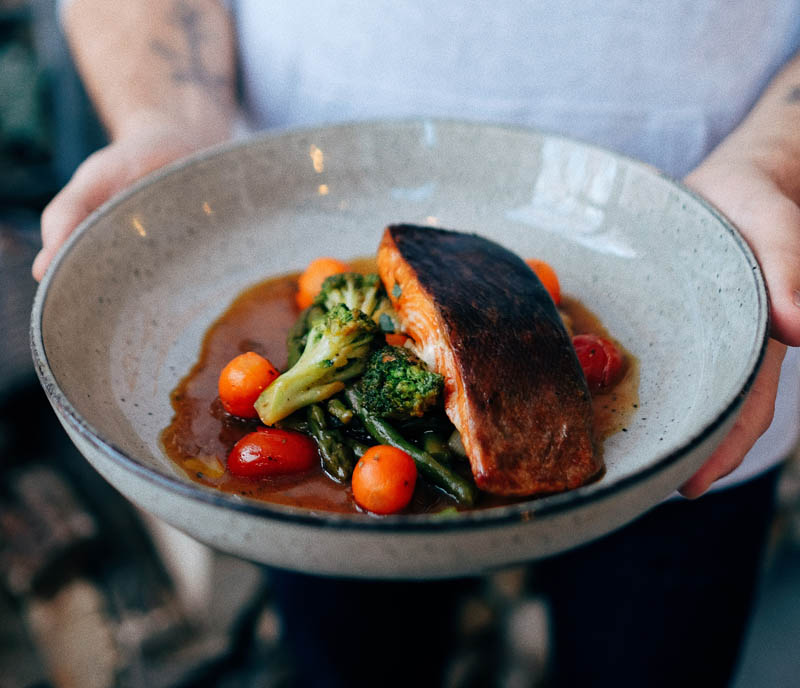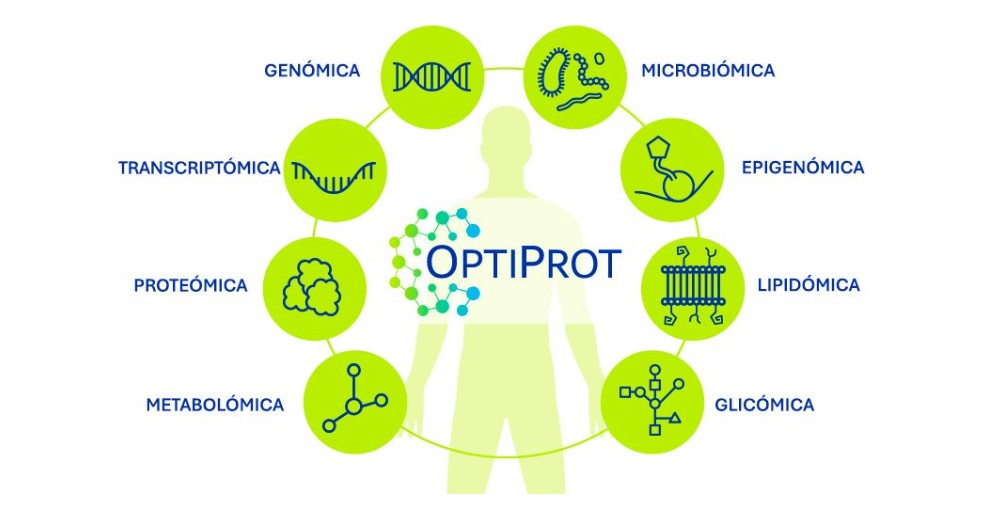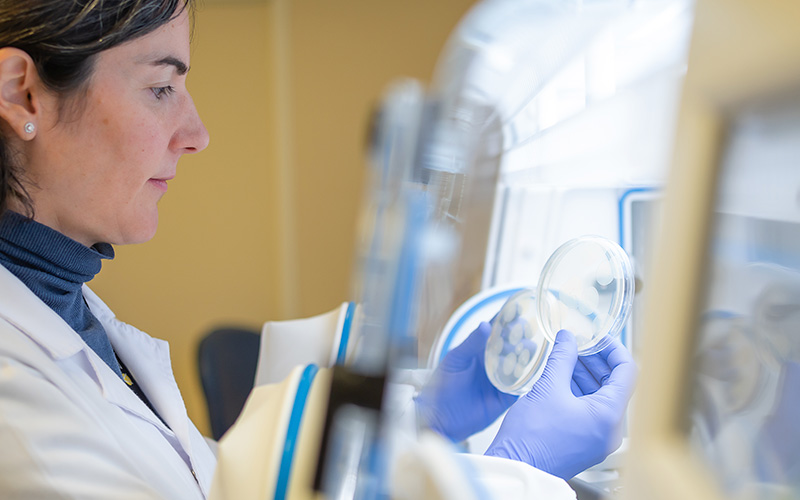Which fish should I eat? SEAwise Healthy Seafood Guide
Últimas noticias
Digital Transformation of the Fishing Fleet: AZTI Explores the Future of the Industry with AI and Sustainable Solutions
The replica of the San Juan will set sail on a scientific mission thanks to an agreement between Albaola and AZTI.
Artomaña Txakoli Achieves the Best Enviroscore Category (A), as a Result of Its Environmental Commitment
- Within the framework of the SEAwise project, the AZTI technology centre has drawn up a guide to personalise the selection of the most suitable fish based on the specific nutritional needs of the different European populations, the nutritional composition of the different fish species and the contaminants that may be present in them.
- The full report is available at: https://doi.org/10.11583/DTU.24199245
- Infographic summary: https://bit.ly/3tIpFF0
A nutritional powerhouse, seafood is broadly recognised as a healthy food option. And the general consensus among health practitioners is that we should be eating at least two portions of fish a week, including one of oily fish. But beyond this generalised recommendation, which fish should you be eating? Compiled by SEAwise, a new personalised seafood recommendation answers this question for European consumers in an effort to guide their choices as they do their weekly shop, and ensure they are getting the right variety of seafood to meet their specific health needs.
Carried out as part of SEAwise’s work towards effective implementation of Ecosystem Based Fisheries Management in Europe, the SEAwise Healthy Seafood Guide was developed under the project’s ‘Social and Economic Effects of and on Fishing’ theme. Taking a holistic view, Ecosystem Based Fisheries Management recognises the social benefits fisheries provide – including providing nutritious food for consumers. An excellent source of Omega-3 fatty acids, and packed with vitamins and essential micronutrients hard to find in other food sources, consuming fish is associated with a lower risk of cardiovascular disease, depression, and mortality from cancer.
The large variety of fish and shellfish species consumed across Europe, however, makes it difficult to make general recommendations on seafood consumption. On top of this, individual nutritional requirements vary depending on factors such as age, pregnancy, dietary habits, and even geography – with certain nutritional deficiencies (e.g. iodine) more prevalent in some countries than others. This means the health benefits of different species will differ accordingly. To address this, SEAwise researchers, led by Spanish research institute AZTI, developed the SEAwise Healthy Seafood Guide, based on data relating to the specific nutritional needs of different European populations, the nutritional composition of different fish species, and any contaminants that may be present in them.
Focusing on essential micronutrients not easily accessible from other foods – iodine, selenium, vitamin D, vitamin B12 and Omega-3s – the SEAwise researchers ranked the value of eating different fish species, depending on the nutritional needs of different individuals. Thanks to their exceptionally high levels of Omega-3s, small oily fish like mackerel and sardines take prime spots on all lists. But, say the researchers, variety is key – not only for ensuring optimal nutritional intake (and sustainability!), but also in terms of limiting exposure to contaminants. Coupling their personalised recommendations with some generalised messaging, the researchers highlight that consumers should aim to eat at least 1-2 and up to 4 servings of fish a week, alternating between fatty fish and lean fish. Alongside this, consumers should avoid ultra-processed fish products, products that are high in salt, and eat few fried or breaded fish products.
A word of caution from the researchers, also – due to high levels of pollutants, for fish caught in the Baltic Sea, consumers are advised to limit consumption of contaminated fish, such as herring and wild-caught salmon, to no more than once a week. That said, whether fresh, frozen or canned, the seafood species included in the guide are all healthy options, and can be enjoyed as part of a varied diet. The SEAwise Healthy Seafood Guide will help you choose the seafood that ensures you are getting the right variety specific to your health needs for maximum benefit. Simply follow the QR code and use it as a guide the next time you go to the supermarket, fish market or restaurant.
Expert in food and nutrition, Dr Mercedes Caro, of AZTI, who led this research, says, “A highly nutritious food, there are many health benefits of eating fish. The diversity of fish species available and consumed across Europe, alongside the specific nutritional needs of different population groups, however, make generalised recommendations on consumption of seafood difficult. This research shows how recommendations can be tailored to ensure consumers have enough information to choose the best options for their own health needs, and have the confidence to choose a variety of different species when they are buying seafood, whether that is at a fish market in Vigo or a supermarket in London.”

SEAwise lead on the ‘Social and Economic Effects of and on Fishing’ work theme and researcher at Italian research institute Fondazione COISPA ETS, Isabella Bitteto says, “Ecosystem Based Fisheries Management focuses not only on the environmental aspects of fisheries, but also and the broader social and economic aspects. Fisheries provide a valuable micronutrient rich food source for human populations, and accounting for this benefit and ensuring this important resource is utilised optimally and managed sustainably, is an important aspect of this work and the work of SEAwise. This guide means consumers around Europe can make the best possible choices when they are buying their seafood, and part of that means choosing from a broad range of seafood options.”
Alongside a recommendation aimed at European consumers based on the range of fish species generally available to those consumers in the market and supermarket, SEAwise is focused on four European regional case studies: the Mediterranean Sea, the Western Waters, the North Sea and the Baltic Sea. This regional perspective was applied as part of the research underpinning the SEAwise Healthy Seafood Guide, with a focus on the main commercial species caught in those regions. The SEAwise team have also collated data at the national level, meaning that further personalisation of species for species European countries at this level is also possible.
The full report is available at: https://doi.org/10.11583/DTU.24199245







